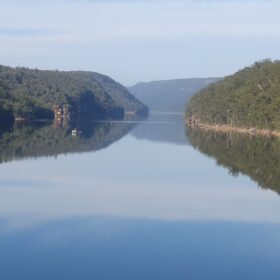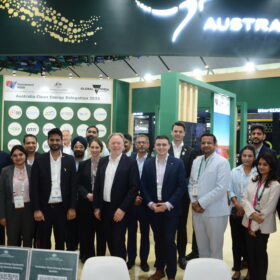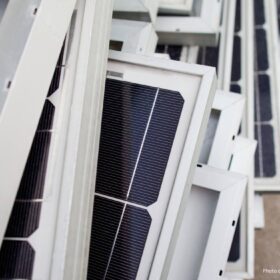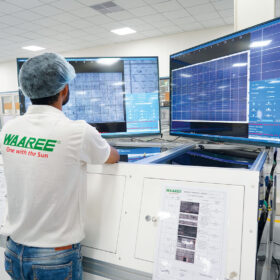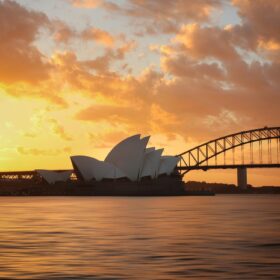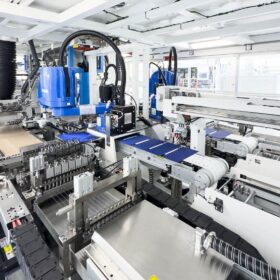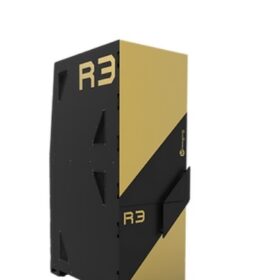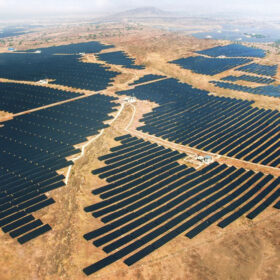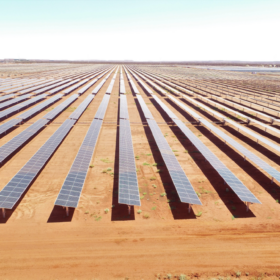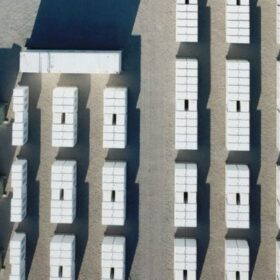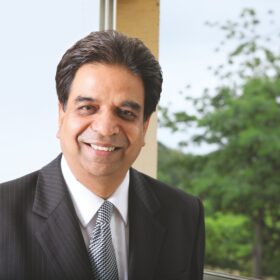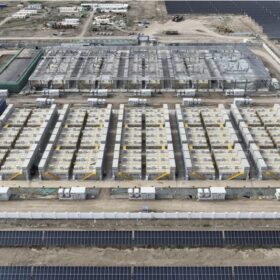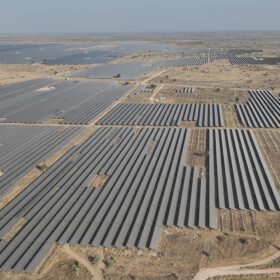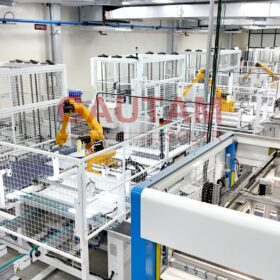Australia’s green hydrogen plan faces water shortage
Green hydrogen is touted by some as the future – a way for Australia to slowly replace its reliance on fossil fuel exports. The energy-dense gas has the potential to reduce emissions in sectors challenging to decarbonise, such as steelmaking and fertiliser manufacturing.
Australian Clean Energy delegation visits India to further deepen their engagements
A 30-member Australian Clean Energy Delegation representing 22 companies, is visiting India from July 7 – 11, 2025 to showcase Australia’s innovative solutions across energy storage technologies, AI solutions for energy operations, solar technologies, green hydrogen, energy modelling and weather forecasting, education & capacity building and consulting.
Solar panel recycling plan urges repair, reuse first
Australia’s rooftop solar industry has renewed calls for a mandatory recycling scheme to deal with the growing problem of solar panel waste. Only about 10% of panels are currently recycled. The rest are stockpiled, sent overseas or dumped in landfill.
Waaree Energies sets up Australian subsidiary
Waaree Renewable Energies Australia will focus on renewable energy business in Australia.
Australia hits 4 million rooftop PV installations, reaching 25 GW of capacity
Australia has recorded its 4 millionth rooftop solar installation, maintaining its status as a world leader with 25 GW of total capacity, surpassing the amount of nationwide coal generation.
Australia’s SunDrive teams with Trina on solar tech development
Solar cell technology innovator SunDrive Solar will join forces with Chinese PV manufacturing giant Trinasolar to develop “cutting-edge” manufacturing facilities and bring Australian-made solar panels to market at scale.
BT Imaging to supply PL imaging tool for 1.5 GW TOPCon solar cell line in India
Australia’s BT Imaging will supply its advanced photoluminescence (PL) imaging tool, LIS R3, for Emmvee’s 1.5 GW TOPCon solar cell manufacturing facility in India.
From Mumbai to Bondi
Economic cooperation between India and Australia may open doors for investment in clean energy technology but challenges still abound in a competitive global market. Vibhuti Garg and Shantanu Srivastava, of the Institute for Energy Economics and Financial Analysis, discuss the role that public funding and resource pooling could play in supporting manufacturing ambitions.
Rooftop solar’s success results in ‘struggling’ large-scale segment in Australia
As rooftop solar racks up records in Australia, price cannibalization has resulted in a “struggling” large-scale market segment. Bruce Mountain, head of the University of Victoria’s Energy Policy Centre, says that increasingly depressed wholesale electricity prices during the day are squeezing out big PV.
World’s largest 8-hour lithium battery approved in Australia
Ark Energy’s 275 MW/2,200 MWh lithium-iron phosphate battery to be built in northern New South Wales has been announced as one of the successful projects in the third tender conducted under the state government’s Electricity Infrastructure Roadmap. The Richmond Valley Battery Energy Storage System will likely be the biggest eight-hour lithium battery in the world when it is completed.
